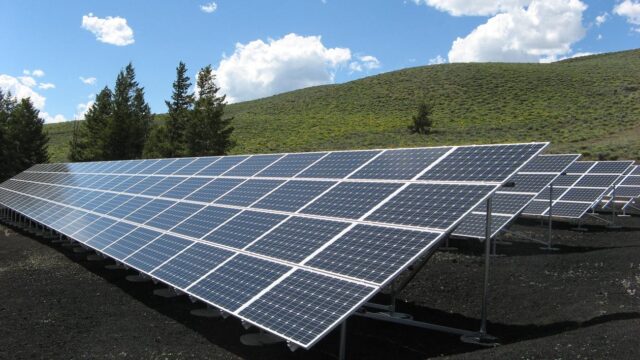
Even to this date when the word solar panel comes out in the public people start to think about the panels mounted on the rooftops, the sun reflecting on them, and a bunch of batteries connected with the plates for the sake of storing energy. Nothing else comes to their mind especially the future of solar energy and how it is being transitioned. Even list.solar seems to be verifying the new technologies being innovated right now. There are various solar panel technologies that are currently booming right now and you must be giving them some attention in here.Harnessing solar energy can be more sustainable and more efficient choice in the years to come. Furthermore, there are various types you can choose from depending on your energy needs and requirements. The advantage of solar panel technologies is that these systems no longer require the large parcels of land or the roof space, it is getting on to the next level and you need to know all about these ever-emerging technologies;
1. Floating solar farms
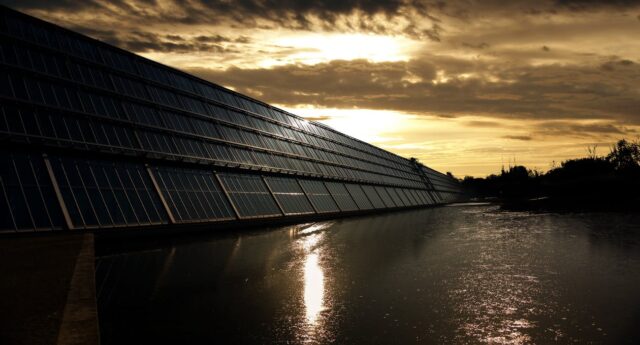
There are various silicon panels out there that are becoming cheaper and more efficient as the days pass by. According to the various energy-related experts out there if plates are transitioned onto the water bodies and left to bask under the sun then these would offer great efficiency as well as a plethora of other benefits. Floatovoltaics are the photovoltaic systems that can be made to float on the water reservoirs such as dams, rivers, and various other water bodies as well. These don’t require any valuable real estate or piece of land for the sake of generating electricity.
The overall cost of getting the whole setup into the water is even less than it is for the land-based installation of the panels. The power generation for the floating solar farms can be increased by up to 10% due to the cooling rendered from the water. Water management is also something that can be done with the help of this setup, as air circulation is greatly limited the evaporation would also be slowed down and the loss of water would be minimal. This type of solar panel technology is suitable for areas near bodies of water like lakes or rivers.
2. BIPV solar technology
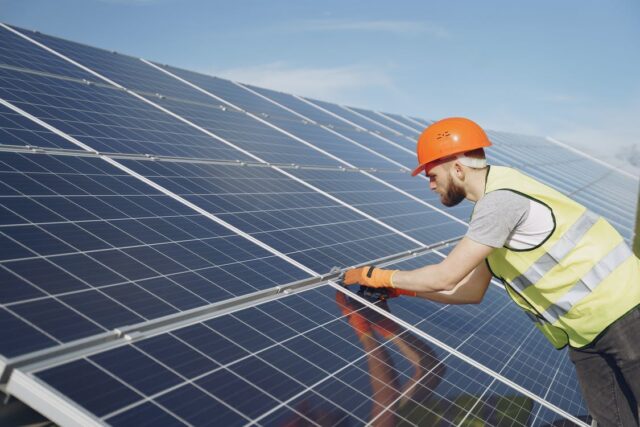
Building integrated photovoltaic systems can blend into the building architecture and can be used in the form of roofs, canopies, curtain walls, and other integrations. The BIPV systems don’t have to be compromising to the style of the building as these can be aesthetically pleasing too. Homeowners going out with this option would not only be saving a great deal on the building material but power costs as well. If you are integrating the panels into the buildings then the additional cost of the panel mounting can be cut down. It would allow the natural light to enter into the buildings just like the conventional architectural glasses. Using BIPV solar technology for large structures or homes is a great investment in the long run. It’s manageable to integrate it into an existing building plan and is easy to mount.
3. Solar skins
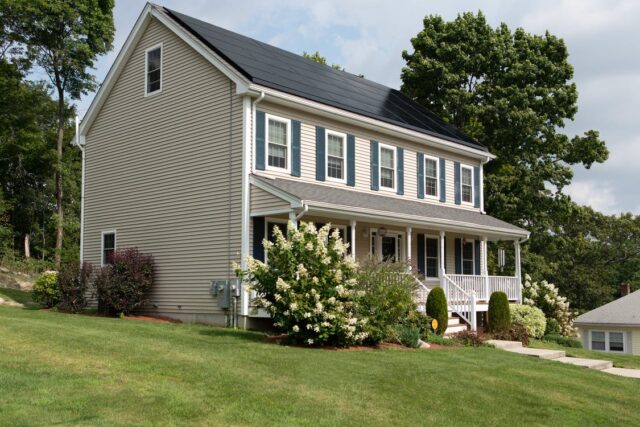
Nowadays, various solar power systems are designed to blend in on different surfaces and structures. For instance, the custom design of the panels can be changed into the panel systems. The solar skin technology is similar to the ad wraps that are displayed onto the bus windows. This technology is currently being tested in various developed countries out there to increase the efficiency of the systems. The sunlight is filtered to reach the cells that are beneath it. As an end result, it provides the custom image and also provides energy.
These solar skins can be embedded on the top of the buildings for the sake of masking the color/design of the building, custom images of the greenery in your lawn, and display the logo of your business and providing free electricity as well. Metal components can be hidden, the architecture of the buildings can be masked with aesthetically pleasing interfaces.This means installing a solar skin won’t affect the design or integrity of the structure. You can also monitor the current reading of the panel such as the energy it is producing and can interact with its performance 24/7 on the phone. If there are any issues or problems with the implantations then you will get a dedicated message about the error and how you can fix it too. It’s a convenient feature you can use to monitor your power supply any time of the day.
4. Solar fabric

Solar light is present all over the planet so why not generate our energy with it. When it comes to the clothes or other such materials having fiber in them the innovation can definitely lead on such as implementing the panel like system within the fibers that can capture the light and turn it into viable solar energy that can be stored and be used whenever the time persists the opportunity. These filaments can even be embedded within the T-shirts, winter coats, hats or other parts of the clothing that is going to be under the sunlight for a brief said period of time when the sun is up, on the horizon. This solar technology can make it possible for anyone to harness energy from the sun and store it for future use.
This can help you save on the panel mounting and the installation costs incredibly. As the costs of equipment continue to reduce as the days pass by it is not a totally wrong assumption that everything in the future will run with solar energy without any doubt.
The amount of energy being harnessed from solar fabric might be less today. However, the technology and energy-generating potential from the same remain promising. After all, a considerable number of people go outside and are exposed to sunlight daily. This is looked upon as a cheap, simple, and affordable way to energy for local households. It also holds a lot of potential in countries where people have to wear a lot of clothes to avoid the harmful rays of the sun. Many are experimenting with solar fabric, which has inbuilt phone chargers. If you wish to know more about solar energy, please view website.
5. PVNB
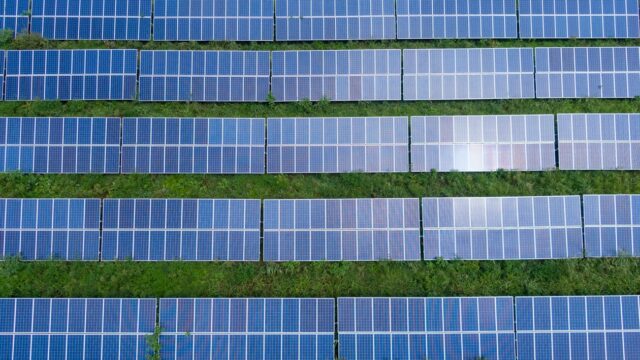
Photovoltaic solar noise barriers can be the innovative approach needed to control the traffic noise and at the same time generating solar energy due to the small panels inserted into the noise barriers. These barriers can take care of the extra noise and dim the overall noise taking on the nerves of the people driving on the road, but as an added benefit they have also included the small plates that when struck with the solar lights are capable of producing clean and green energy which then can be stored and brought into use later.
As the number of sound barriers being used in the developed countries is on the rise so is the insertion of the plates among them. It can be said that diving well into the coming future nearly everything that can sustain the light would be turned into a solar panel storing the energy to shape the future of tomorrow. But in order for this concept to go live, everyone would have to play their part and remain active among the tries of preserving nature and going green all the way through. So, if you were in doubt about the performance of the energy in the future or whether or not the tomorrow belongs to solar energy, now all of it should have become straight for you. There are various benefits to converting to solar energy, including preserving the environment and lessening energy costs. Click here to learn more about renewable energy.






